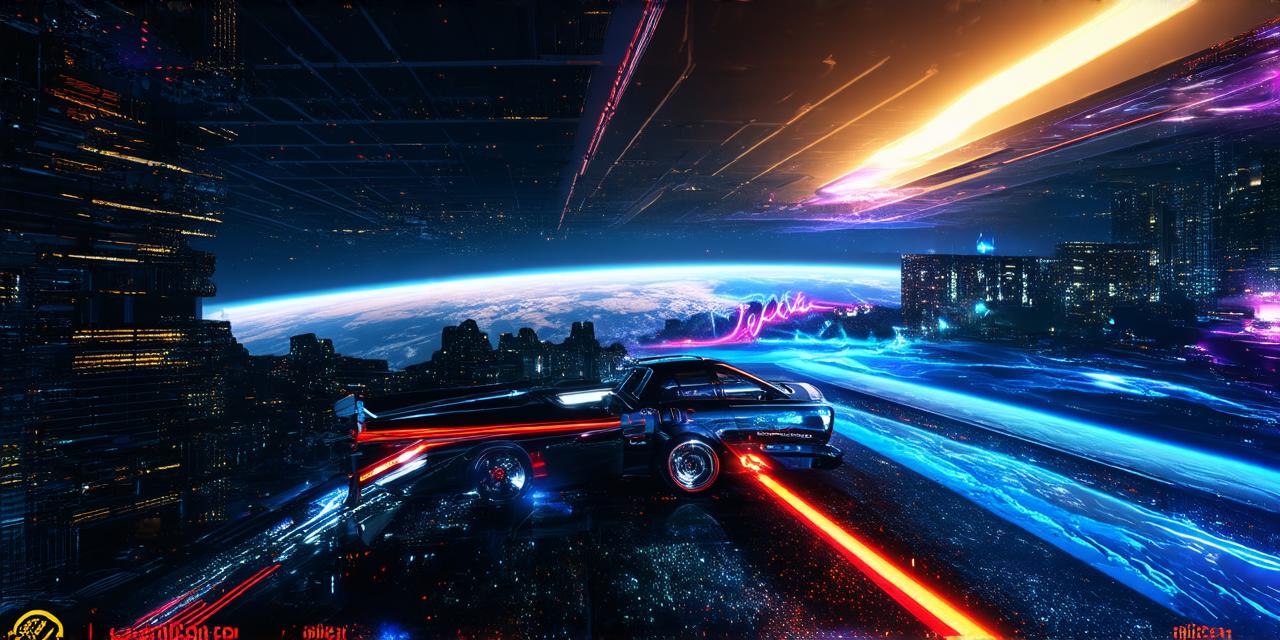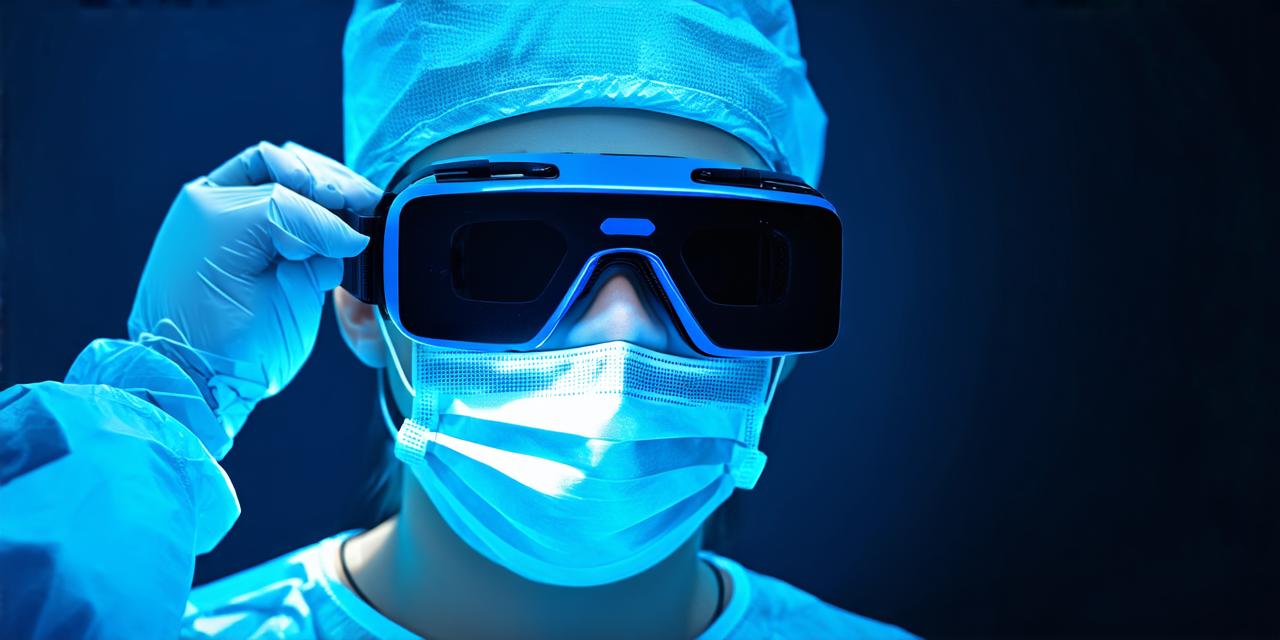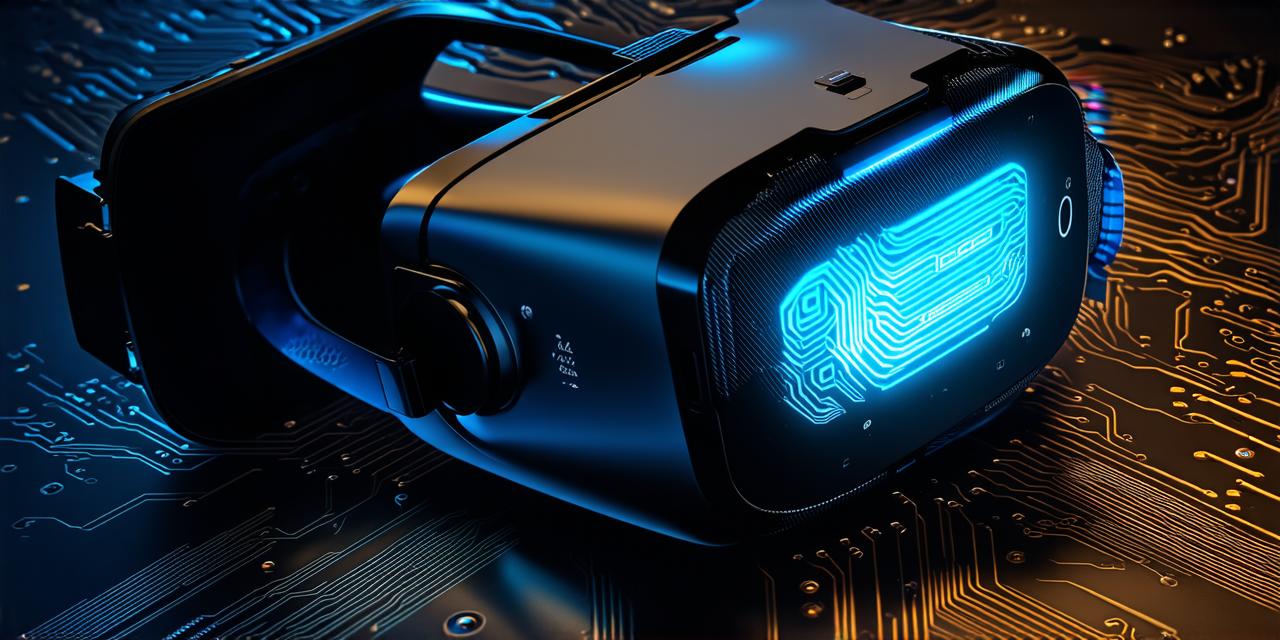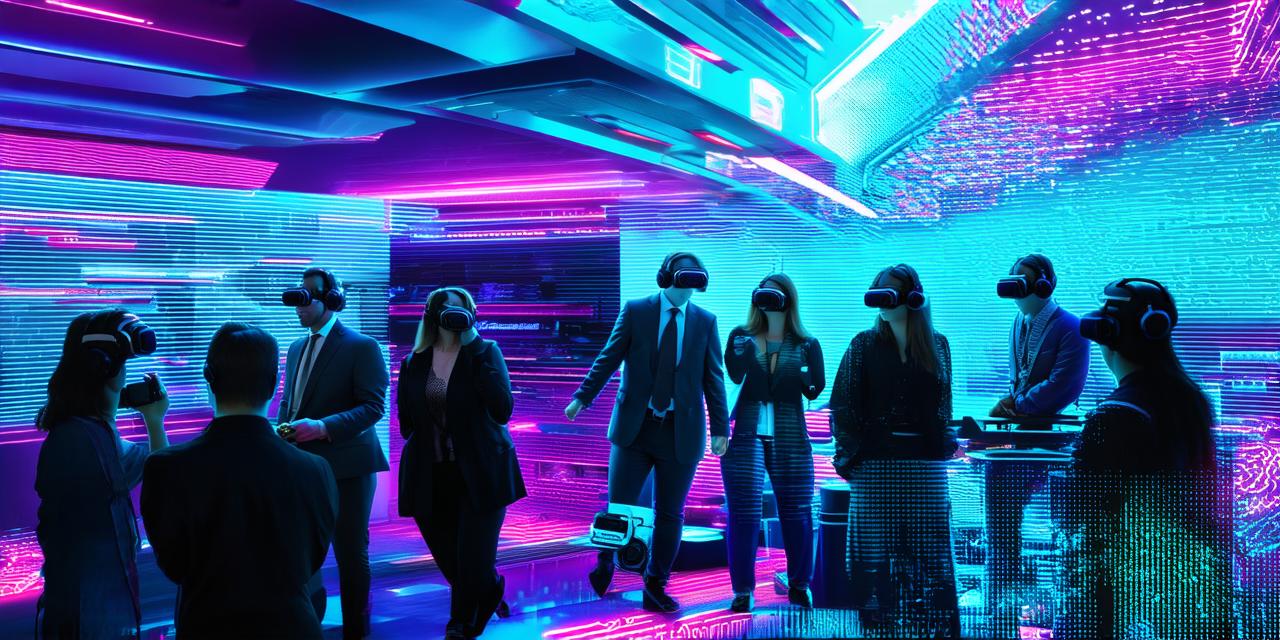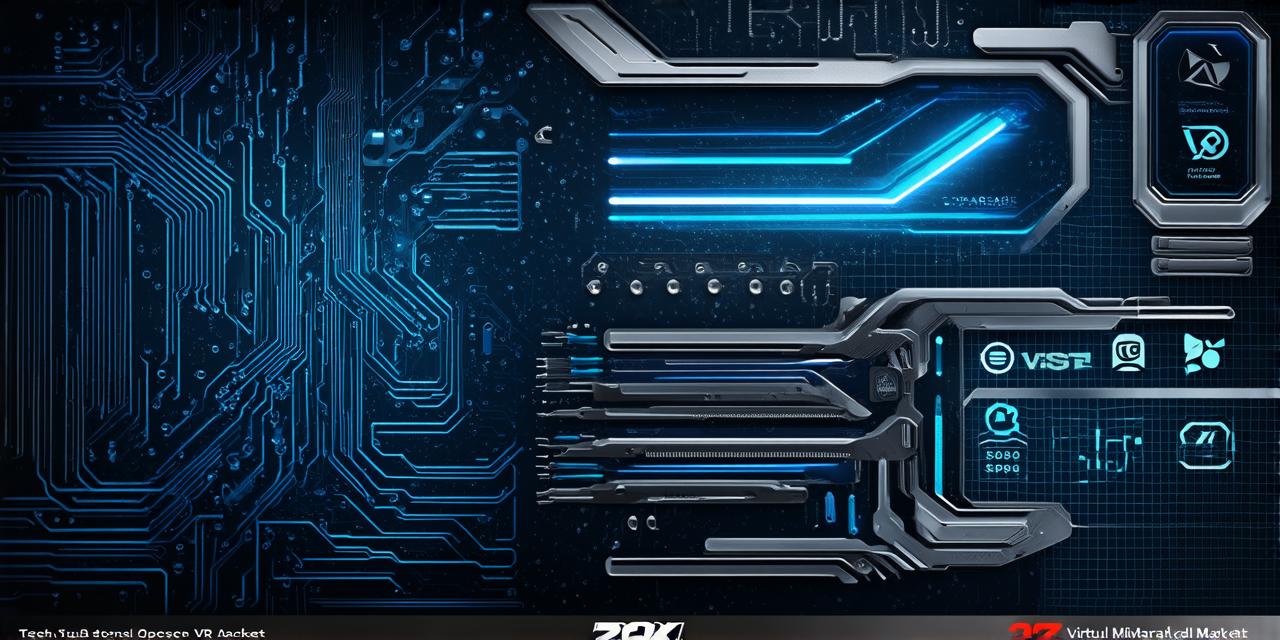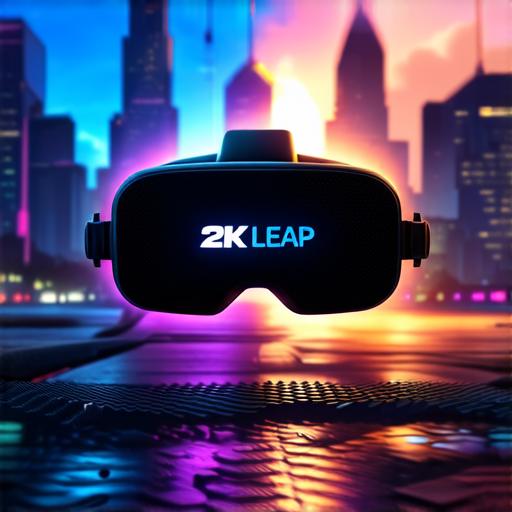
Virtual Reality (VR) and Augmented Reality (AR): What Distinguishes Magic Leap 2?
Virtual reality (VR) and augmented reality (AR) have been rapidly advancing in recent years, with both technologies offering immersive experiences for users. However, there are key differences between the two that can impact their use cases.
What is Virtual Reality?
Virtual reality is a computer-generated simulated environment that users can interact with using specialized sensors, headsets, and controllers. The goal of VR is to create an immersive experience that feels as if the user is physically present in the virtual world. This technology has been used for gaming, education, training, and even therapy.
Passthrough Virtual Reality
Passthrough virtual reality (PVR) is a type of VR that allows users to see their real-world surroundings while still experiencing a virtual environment. PVR technology uses sensors and cameras to track the user’s movements and overlay virtual elements onto their real-world view. This allows for a more seamless integration of the virtual and real world, making it useful in fields such as design, architecture, and engineering.
What is Magic Leap 2?
Magic Leap 2 is an AR device that enables users to see digital content superimposed onto their real-world environment. The device uses lightweight glasses with sensors and cameras that track the user’s movements and display virtual objects in front of them. Magic Leap 2 does not require a smartphone or PC, making it standalone and highly portable.
Key Differences between Magic Leap 2, VR, and PVR
-
One key difference between Magic Leap 2, VR, and PVR is how they interact with the real world. Magic Leap 2 allows users to see their real-world surroundings while still experiencing virtual elements, making it a good option for applications that require both real-time data processing and virtual objects.
-
Another key difference is portability. Magic Leap 2 is highly portable due to its standalone design, making it easy for users to take the device with them wherever they go. VR and PVR systems, on the other hand, typically require a computer or smartphone to function, making them less portable.
-
The use cases for each technology also differ. Magic Leap 2 is well-suited for applications such as field service, manufacturing, and construction, where users need to see both real-time data and virtual objects in their environment. VR is often used for gaming and immersive experiences, while PVR is commonly used in design, architecture, and engineering.
-
The cost of each technology can also be a factor. Magic Leap 2 is relatively expensive compared to other AR devices, but it is also highly portable and offers a wide range of features. VR and PVR systems can be less expensive, but they typically require a computer or smartphone to function, making them less portable.
-
The field of view for each technology can also differ. Magic Leap 2 offers a wider field of view than VR, allowing users to see more of their surroundings while still experiencing virtual objects. PVR systems typically offer a smaller field of view compared to both Magic Leap 2 and VR.
-
Another factor to consider is eye strain. VR systems can cause eye strain due to the intense focus required for extended periods of time. PVR systems, on the other hand, can alleviate some of this strain by allowing users to see their surroundings while still experiencing virtual elements. Magic Leap 2 offers a more natural viewing experience, reducing the risk of eye strain.
-
The battery life for each technology can also impact its use cases. VR systems typically require a constant power source, making them less suitable for portable use.
